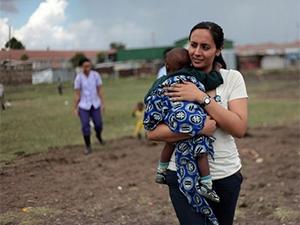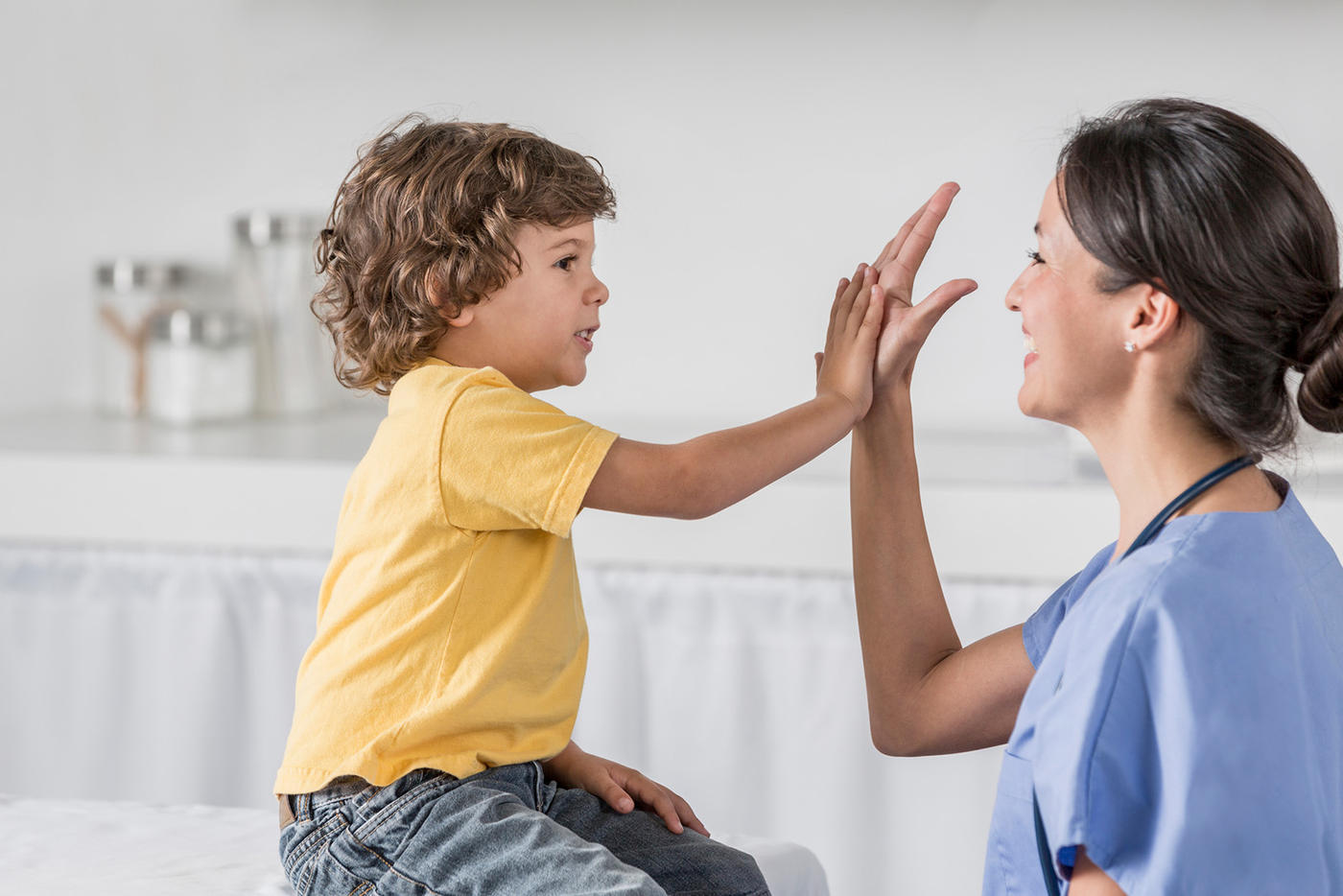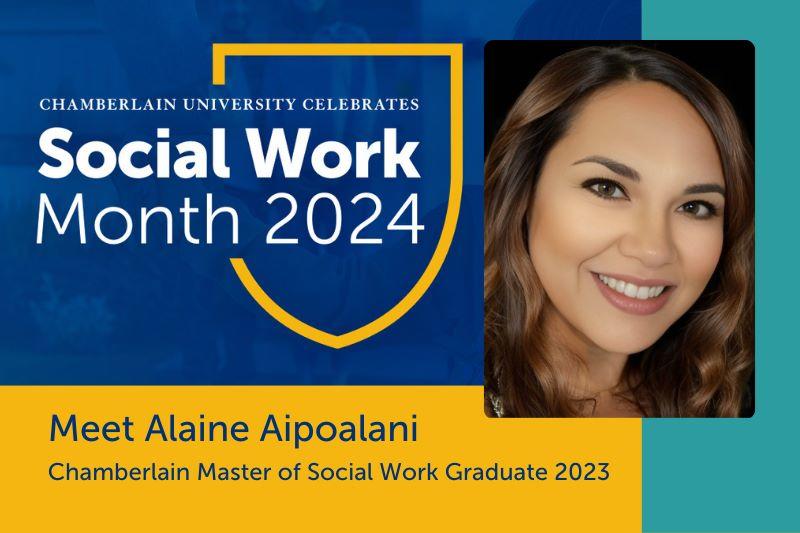Featured
Tags
Share
- Home / Blog / Tips for Students / What If Learning Could Happen Anywhere?
What If Learning Could Happen Anywhere?

As the world becomes increasingly global and technology-driven, nurses are addressing the complex patient needs of diverse populations in more advanced healthcare settings. To help students better understand a wide range of patient needs and healthcare environments, nursing schools are incorporating more experiences outside of the classroom to complement learning and better prepare nurses for real-world patient care.
Traditionally, distance learning implies a learning environment where students and faculty are not in the same location. Today, the world of distance learning has expanded and taken many shapes to encompass experiential, active-learning modalities.
“Interaction with patients in real-world or simulated settings is essential to preparing student nurses for the clinical setting, where they will care for patients and address many different conditions,” said Laura Fillmore, DNP, MSN, RN, Dean of Faculty at Chamberlain College of Nursing. “Nursing programs can incorporate these experiences into the curriculum before and during students’ clinical rotations.”
Research shows that the most successful distance learners are those who are engaged and feel confident about their scholastic competence, and who also proactively seek out communication with their instructors. To encourage open communication and active learning, Chamberlain expands the learning experience to settings outside the traditional classroom or distance learning environment. Studies show these learning methods help graduates develop more engaging nurse-patient relationships in the clinical setting.
Simulated Learning Enables Real-Time Comprehension
Research shows that simulated learning experiences, which have been integrated into nursing curriculum over the past twenty years, improve patient outcomes. Chamberlain developed its innovative SIMCARE CENTER™ at each of its campuses so students can hone their nursing skills in a risk-free, simulated clinical learning environment.
In the lab, students are challenged to react in real-time to medical scenarios, including childbirth, seizures and cardiac arrest. Patient simulators react much like a live patient would – they have vital signs, voice discomfort, and can blink, sweat or bleed.
Online students can enter a virtual hospital to engage in simulations about Ebola, disasters, and emergencies. They also work in a virtual community to make home health care visits and assess home and community environments for health concerns.
Integrating Hands-On Experiences In Online Courses
For courses taught online, Chamberlain College of Nursing goes beyond traditional distance learning by encouraging faculty to get to know each student on a personal level. Students are encouraged to seek help outside of regularly scheduled coursework and to interact with professors and other students around the country. This added personal touch allows students to learn from a diverse set of faculty to understand healthcare issues and concerns in other regions.
Online students are encouraged to be active learning participants throughout their course work. Rather than passively listening to lectures, active learning invites students to take part in a conversation with their professor and other students. Their perspective becomes part of the learning experience, which ultimately helps students internalize what they are learning.
In addition, class work extends into the community through homework assignments, such as interviewing a nurse at a local hospital or clinic. Online programs incorporate many different modes of learning, giving students enhanced utility to use the channels they find most effective for their own learning process. Students analyze case studies and plan patient care, and create useful projects that apply to the healthcare settings in which they are working and studying
Enhancing Diversity Training Through Global Experiences
Even more broadly, education experiences that take place in foreign destinations are extremely valuable for nursing students. As the U.S. population diversifies, healthcare professionals must treat patient needs with cultural sensitivity.
Some nursing schools offer opportunities for students to develop this skill through study abroad programs or international service projects.
Chamberlain’s Global Health Education Program pairs experiences abroad with opportunities for students to learn about global health initiatives stateside. The platform’s ultimate goal is to encourage cultural sensitivity and understanding between nurses and patients by educating students about the nuances of community and multicultural care.
“As healthcare evolves, so too must the educational modes to prepare culturally sensitive and engaged nurses,” said Kellie Bassell, EdD, MSN, RN, faculty development specialist at Chamberlain’s Center for Faculty Excellence. “As a faculty, we’re committed to putting our students face-to-face with patients in interactive settings so they’re able to learn and internalize interpersonal caring skills.”
As the world continually becomes more globally connected, active learning opportunities are an important enhancement to nursing education that emphasizes the importance of understanding and providing top care to a diverse set of patients.
By Ryan Segovich
More from Tips for Students
Request More Information
To receive the Chamberlain University Program Guide, including associated career paths, please select a program of study.





